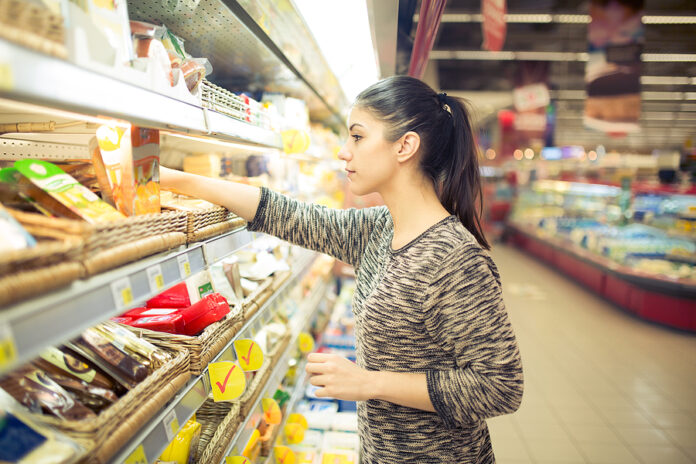
Consumer products companies can no longer rely on price increases to drive growth this year, according to Deloitte’s latest Consumer Products Industry Outlook. Instead, they’ll need to figure out the right formula to create profitable volume.
Deloitte’s report is based on a survey of 250 consumer products (CP) executives and an analysis of the top 100 companies in the industry by revenue. Of those 100 companies, Deloitte identified several “Profitable Growers,” the leaders in terms of revenue growth and ROA, and determined what characteristics helped them outperform the others.
In the five years through 2022, Profitable Growers were able to gain pricing power and better control volume by investing in core brands, adopting a product innovation-driven strategy, implementing RGM systems, and focusing on stabilizing the supply chain. Deloitte predicts that these strategies will continue to prove successful going forward.
Taming price, increasing volume
CP executives are seeing signs that consumers can no longer pay more for their products. In fact, surveyed executives said their biggest consumer challenges for this year are consumers splitting purchases into haves and havenots (46%) and being less willing to pay higher prices (33%). Grocery prices may also turn consumers away from the store and toward takeout options, especially when prices are equal or better. Nearly 70% of surveyed executives anticipate more competition from fast food and quick-serve restaurants.
But consumers aren’t the only ones resisting higher prices — four in 10 CP executives expect retailers to challenge any significant price increases this year.
Because of this, companies are steering away from price hikes. Only 2% of CP executives said raising prices was part of their strategy for this year, while most (62%) plan to shift to more profitable products and pack sizes. Without price increases, profitability will depend on volume — 72% of executives said they’ll have to increase their unit volume if they want to reach performance goals for the year, and six in 10 executives have already significantly expanded their production capacity.
Marketing will also be getting more attention this year. Nearly 70% of survey respondents said their companies will spend more on advertising and marketing, 64% are planning more promotional spending, and 66% will focus on existing core brands in their marketing efforts to sustain pricing power.
Sustainability, traceability guiding F&B companies
Surveyed food and beverage (F&B) executives are looking to clean up the label this year, focusing on products with sustainable (52%), natural (47%), organic (36%), and healthy (35%) properties, and three in four respondents said they support front-of-package nutritional labeling. In addition, the majority (83%) are developing strategies around occasion-based selling.
Executives on the alcohol side of the industry named direct-to-consumer sales (30%) and zero-alcohol products (22%) as some of 2024’s most important trends.
This year, F&B companies are also expected to begin preparations for The Food Safety Modernization Act (FSMA) Rule 204, which has a compliance deadline of January 20, 2026. Most (64%) F&B executives said their company will boost its investment in traceability as a result of regulatory requirements.
For a deeper dive into what’s in store for consumer products companies this year, see Deloitte’s full report.








